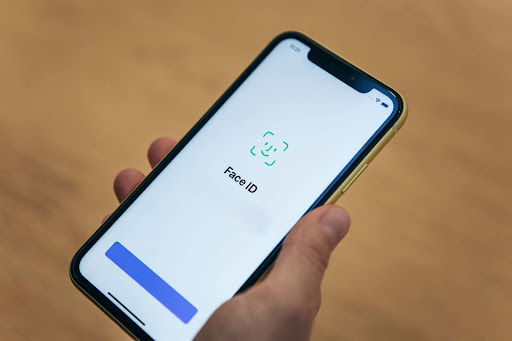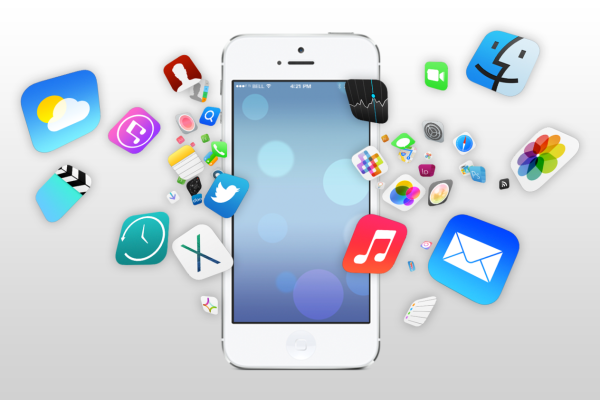When considering the necessary hardware for artificial neural networks, one often envisions large supercomputers and expansive data centers. However, machine learning (ML) has already infiltrated our smartphones. Since the advent of the original iPhone, Apple and its competitors have consistently introduced novel and useful features and applications with each new smartphone release. Notably, the advancement of AI and machine learning has played a pivotal role in the evolution of smartphones. Here are three means by which your smartphone incorporates AI and machine learning.
Table of Contents
How New Technologies are Used
Currently, a wide range of devices rely on ML models not only for optimizing images but also for tasks such as voice recognition, real-time translation, and augmented reality. The interesting thing is that all of this can happen without the need for an internet connection, as the device itself handles all the computing.
The journey began when leading tech giants like Apple, Google, and Samsung recognized the potential of using ML models to improve the functionality of their built-in cameras. By integrating ML models and performing smartphone optimization, you can automatically enhance photos immediately after they are captured. Consequently, smartphone chips began to undergo optimization for artificial neural networks, paving the way for the adoption of various other ML applications. As they are resource-consuming, you may download cleaning app to improve the performance of your device. This phone cleaner will help you get the most out of your smartphone. If you have a phone app you no longer use, it is better to remove it. A cleaner app will help you perform this task quickly.
Face ID
According to stats, 77% of devices use AI technology. Apple has incorporated deep learning technology in iOS 10 to enable face detection. This means that instead of using a password or fingerprint, you can simply unlock your phone by looking at it. This advanced feature, known as Face ID, can also be used to authorize payments. The latest iPhone models are equipped with the True Depth Camera, a specialized camera that captures 3D photos of your face to authenticate your identity. The True Depth Camera utilizes three key tools for facial recognition:
Flood illuminator: This tool emits infrared light, which is invisible to the naked eye, to improve facial visibility in low-light conditions.
Dot projector: By projecting 30,000 infrared dots onto your face, this tool helps create an accurate 3D map of your facial features. During the setup process, you will be prompted to rotate your head to allow for mapping from various angles.
Infrared camera: This camera compares its view of your face with the stored 3D map to determine if there is a match. If enough features align, your device will be unlocked. If not, you can try again from a better angle or in better lighting.
The Face ID system employs machine learning to adapt to changes in your appearance, such as expressions, weight, hairstyle, and accessories. It will even learn to recognize you if you grow a beard. If you learn how to use it, it will allow it to recognize your face quickly and accurately, providing seamless authentication. Use CleanUp to improve the performance of an app that utilizes such a technology.
Siri and Google Assistant
The AI industry is expected to grow by 37% from 2023 to 2030. NLP enables machines to understand and respond to spoken words in a way that users comprehend. Voice-controlled personal assistants heavily rely on speech recognition and NLP.
When using these personal assistant apps, the first step is for them to accurately hear your words. The following step is more complex, involving the use of statistics and machine learning to decipher the meaning of your words. Siri and Google Assistant have the ability to anticipate your questions and requests by analyzing the words you use, as well as your speaking patterns. Therefore, the more frequently you use the app, the more personalized and helpful its results become.
Google Maps

Discover the convenient features of this app, now available on Android phones and iPhone. Get instant access to the street parking difficulty indicator, providing valuable information before you even leave your home. You may use CleanUp to speed up the performance of Google Maps.
Combining crowdsourced location data and advanced machine learning algorithms, Google has created an innovative parking difficulty indicator. This cutting-edge technology analyzes user behavior to determine how challenging it is to find parking at a specific destination. By factoring in factors such as circling around or driving up and down the street, Google ensures accurate and reliable results.
Unlike other systems, the parking difficulty indicator focuses exclusively on street parking, filtering out private lots and other modes of transportation. This ensures a precise and realistic assessment of parking availability. Plus, with Google’s machine learning capabilities, the app can even predict parking difficulty for specific locations and times based on historical data.
With the rise of smartphone usage and the continuous progress of artificial intelligence and machine learning, the possibilities for future innovation are endless. Due to this, you can embrace the power of Google Maps and harness AI for better convenience.
Main Issues
Mobile devices face two main challenges when it comes to implementing ML applications: power consumption and limited storage space. While laptops and PCs now commonly have large terabyte hard drives, many smartphones still only have 32 gigabytes of internal storage. This means that ML models, without optimization, can take up a significant amount of space, making compression necessary for mobile use.
One effective approach to address this issue is through neural architecture search (NAS). This technique automates the testing of various architecture designs and compares their efficiency and performance for the intended task. By using NAS, the need for manual work in designing an artificial neural network is reduced, and the optimal model size for a specific task can be identified.
Another strategy for optimizing ML models for mobile devices is pruning. Since it can be challenging to determine the exact number of parameters needed for an artificial neural network to effectively perform its tasks, it is common practice to start with a higher number and optimize later. Once the model’s training is complete, redundant connections or those that have minimal impact on performance can be safely removed.





